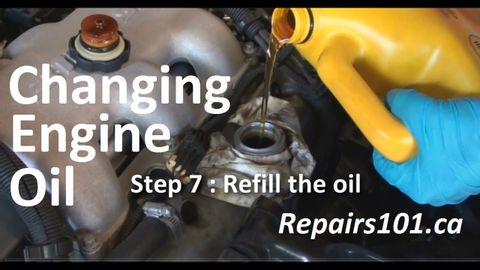
Subtitles & vocabulary
Video vocabulary
change
US /tʃendʒ/
・
UK /tʃeɪndʒ/
- Transitive Verb
- To exchange one set of clothes for another
- To exchange one kind of money for another
- Noun (Countable/Uncountable)
- Exchange of one set of clothes for another
- Money in the form of coins instead of paper
A1
More car
US /kɑr/
・
UK /kɑ:(r)/
- Noun (Countable/Uncountable)
- A vehicle with wheels and engine to carry people
- A railway vehicle for passengers or freight.
A1
More tooth
US /tuθ/
・
UK /tu:θ/
- Noun
- A sharp points on the edge of a machine or tool
- Hard white things in the mouth, used to bite
A1
More put
US /pʊt/
・
UK /pʊt/
- Transitive Verb
- To move or place a thing in a particular position
- To rate something in importance or value
- Phrasal Verb
- to make a light stop shining by pressing or moving a switch
A1
More Use Energy
Unlock All Vocabulary
Unlock pronunciation, explanations, and filters
